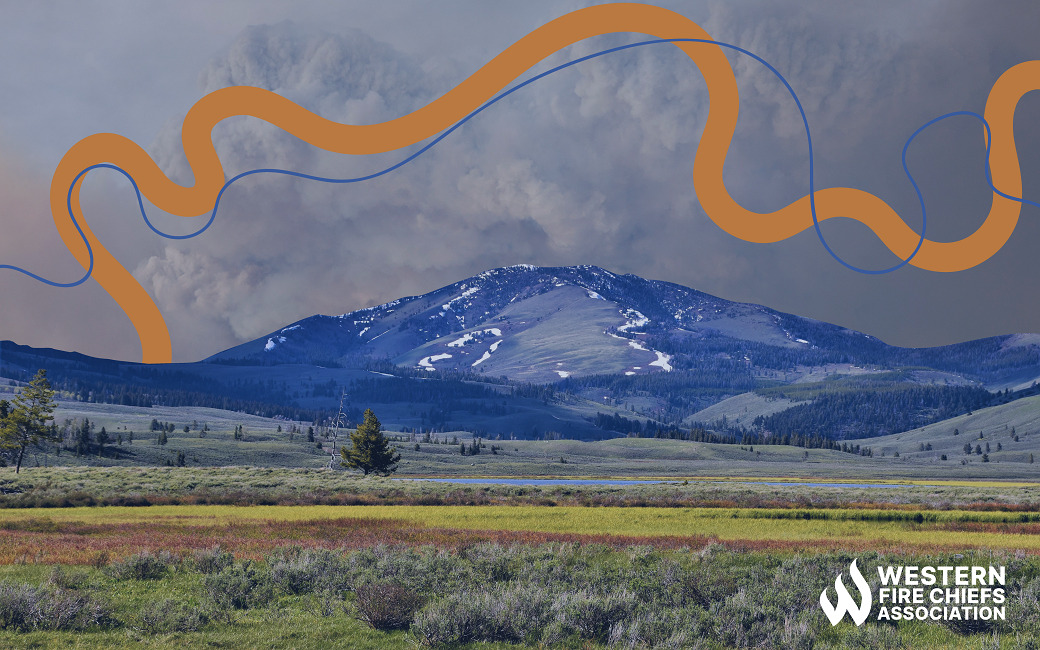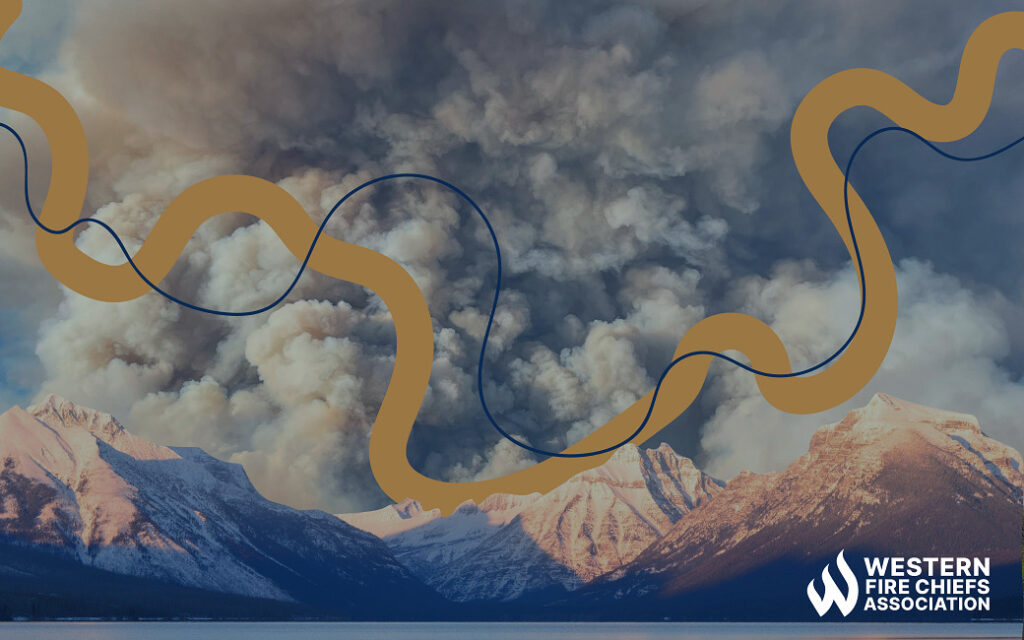Fire Pit Safety Tips
Stay safe around the campfire with tips from the Western Fire Chiefs Association. Learn essential precautions and practices for a worry-free outdoor campfire.
Explore details regarding the Montana fire season from the Western Fire Chiefs Association (WFCA). Learn when is it, how long it lasts, risk factors and more.
Published:August 1, 2023
Edited:April 24, 2024

Explore details regarding the Montana fire season from the Western Fire Chiefs Association (WFCA). Learn when is it, how long it lasts, risk factors and more.
Montana earns its name from the vast mountainous terrain, great plains, and valleys. Like other states in the West, climate change has led to hotter temperatures and earlier snowmelt, contributing to dry conditions that fuel wildfires in Montana.1
The Montana fire season begins in May and runs until October.1 Peak fire season typically occurs in mid-July and lasts for 12 weeks.5 As temperatures rise during the summer, so does the risk of wildfires due to drier fuels.
For the last three years, Montana has seen above-average temperatures and below-average precipitation. In July 2021, almost half of the state, 49%, experienced extreme drought.16 Now, in the summer of 2023, Montana finds itself facing the most severe drought the state has encountered in more than 20 years. 17
Farming practices also contribute to the start of wildfires in Montana. Lawn and farm equipment-caused wildfires are more common during the hot, dry summer months. A spark from equipment hitting a rock is enough to ignite dry vegetation.2 Follow the appropriate restrictions on equipment usage during fire season. When equipment usage is allowed, check weather conditions for wind, and only operate machinery during the cooler portions of the day. Fuels are consistently drying faster and not recovering in the wet months leading to longer fire seasons.
The temperature in Montana is rising, with an expected increase between 2 – 5 degrees Fahrenheit in the next 20 to 30 years. While these temperatures are increasing, so are the frequency and duration of drought, especially in the Northwestern areas of Montana.9 The hottest month in the state is July, but wildfire risk increases throughout August and September as fire fuels dry out.18
Nearly 85% of wildfires in the United States are caused by human activity.2 The leading cause of wildfires in Montana is debris burning. While many use debris burning as a way to clear dead vegetation, it is important to take the necessary precautions to reduce the risk of wildfires, including obtaining a burn permit, keeping piles small, having a reliable water source nearby, and checking weather forecasts. These precautions also apply to campfire safety.
Longer fire seasons are on the horizon for Montana, much like the rest of the United States, as a result of climate change.3 The diverse landscape and weather of Montana make wildfires a natural part of the state’s ecology, but with extreme drought conditions and the current forest health crisis, the risk for wildfires is increasing.14 The increase in wildfires is greatly impacting the air quality across Montana. In May 2023, when the wildfire season had just begun, the state was already seeing air quality listed as “unhealthy” by the Department of Environmental Quality (DEQ).15

In the last 10 years, an average of 61,376 wildfires have occurred per year with an average of 7.2 million acres burned. The highest number of wildfires occurred in 2017 with 71,499 fires burning over 10 million acres.13
Below is a list of recent major wildfires in Montana:
| Elmo Fire (2022) Start Date: July 29, 2022 Location: Elmo, MT Acres Burned: 21,349 Cause: Undetermined | Trail Ridge Fire (2022) 7 Start Date: Aug. 26, 2022 Location: Wisdom, MT Acres Burned: 18,138 Cause: Lightning |
| MY Complex Fire (2021) Start Date: July 9, 2021 Location: Hysham, MT Acres Burned: 89,748 Cause: Lightning | Harris Mountain Fire (2021) Start Date: July 23, 2021 Location: Cascade Acres Burned: 31,460 Cause: Lightning |
| PH Fire (2021) Start Date: July 27, 2021 Location: Hardin, MT Acres Burned: 66,134 Cause: Coal Seams | Richard Spring Fire (2021)8 Start Date: Aug. 8, 2021 Location: Rosebud County and Northern Cheyenne Reservation Acres Burned: 171,130 Cause: Coal Seams |
| Trail Creek Fire (2021) Start Date: Oct. 12, 2021 Location: Wisdom, MT Acres Burned: 62,013 Cause: Lightning | Woods Creek Fire (2021) Start Date: Oct. 13, 2021 Location: Big Belt Mountains Acres Burned: 55,449 Cause: Human Caused |
| Lump Gulch Fire (2020) Start Date: June 13, 2020 Location: Jefferson County Acres Burned: 1,079 Cause: Power line | Howe Ridge Fire (2018) Start Date: August 11, 2018 Location: Glacier National Park, Flathead County Acres Burned: 14,522 Cause: Lightning |
Montana is a shared home to one the largest wildfires in U.S. history, The Great Fire of 1910, also known as the Big Blowup. This fire began on August 21, 1910, and burned 3 million acres in Idaho, Montana, and Washington in just two days, claiming the lives of 87 people. High winds drove this fire, making the fights for crews increasingly difficult.11 There is no official cause of the Big Blowup, but records show 1910 was one of the driest years in Montana. 10
Utilize WFCA’s Fire Map to search for the status of an active wildfire in Montana. Users can zoom in and select each individual fire to get instant access to the latest published information.
Stay safe around the campfire with tips from the Western Fire Chiefs Association. Learn essential precautions and practices for a worry-free outdoor campfire.
Discover essential firework safety tips to ensure a dazzling display without accidents. Learn how to celebrate responsibly with expert guidance from WFCA.
Explore the role of AI in wildfire prediction with guidance from the WFCA. Learn how advanced algorithms and data analytics enhance early detection and response.